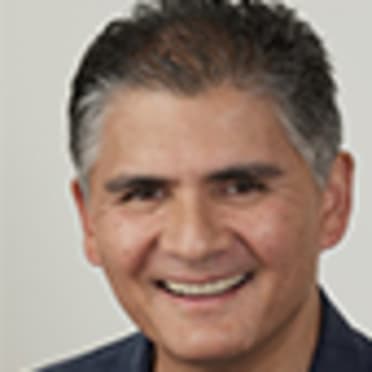MESA, Ariz. -- Liam Hendriks is safely entrenched as the A’s closer. Just don’t tell him.
Statistically, Hendriks ranks among the game’s elite pitchers, including starters as well as relievers. But Hendriks, who sustained Major League success last year after spending 12 seasons with six different professional organizations, intends to stay hungry.
“I don’t want that role given to me,” Hendriks said of the closer’s label. “I want to earn it. I want to work for it. My personality type, I need to know that I’m working for something. Rather than being given something and getting complacent with it. I need to prove to everybody that I want this role, I want the job and I’m going to take it.”
That’s a healthy attitude, but it’s a tad unnecessary for Hendriks, who converted 25 saves in 32 chances after replacing Blake Treinen as the bullpen ace in late June. “Between us, we can call him the closer,” A’s manager Bob Melvin playfully said Thursday.
Hendriks’ job description is well-deserved. According to Statcast, among the 200 Major League pitchers who faced at least 300 batters last year, he ranked second with a 37.3 percent strikeout rate. Only Houston’s Gerrit Cole (39.9) outpaced him. Hendriks topped the same group of pitchers in expected slugging percentage (.305) and expected weighted on-base average (.229). He also ranked third in expected batting average (.185) behind the Mets’ Seth Lugo (.183) and Cole (.184). Hendriks’ 36 percent swing-and-miss rate was tied for fifth out of 180 pitchers with at least 600 pitches swung at.
Statcast’s “expected” figures reflect a pitcher’s quality of contact allowed. Thus, besides amassing 124 strikeouts in 85 innings, he usually overwhelmed opponents.
Hendriks has a different set of expectations. All revolve around the A’s success.
“If we don’t bring home a championship, it’s a disappointment,” he said. “We are expecting to be the team that wins it all this year. Every guy in this room is going with the attitude that we can do it, we will do it and no one can stop us.”
Hendriks’ avoidance of nonchalance is to be expected, given his rigorous baseball journey. He began his career in 2007 with the Twins organization as an undrafted free agent. Through 2014 he performed almost exclusively as a starter. By the end of that year he had migrated to the Cubs, Orioles, Royals and Blue Jays organizations.
In 2015, the Jays opted to try Hendriks in relief. Blessed with increased velocity, a common benefit for starters-turned relievers, Hendriks averaged more than a strikeout per inning for the first time since Rookie ball. But inconsistency plagued the native Australian, who was traded to the A’s before the 2016 season and compiled a 4.01 ERA with a 1.297 WHIP in his first three seasons with Oakland.
Then Hendriks gained command of his four-seam fastball, the pitch he uses most. As Treinen struggled with his health and effectiveness last year, Hendriks looked more and more like a potential closer. Melvin acknowledged that he hadn’t actively envisioned Hendriks as the bullpen ace. But the skipper had little choice when Treinen went on the injured list with a shoulder injury on June 21.
One day later, Hendriks, sporting a 1.49 ERA in 34 outings, recorded his first save of the season and just the second of his big league career, pitching a scoreless ninth inning in a 4-2 triumph over Tampa Bay.
“Thank God he did end up in that role last year, because we were having a difficult time with it,” Melvin said.
